That ordinary-looking penny rattling around in your junk drawer might just be a hidden treasure. While most Lincoln Wheat Pennies are only worth a cent or two, a few rare versions have fetched jaw-dropping sums at auctions—one even selling for a whopping $500K . Even more astonishing, some Lincoln pennies have crossed the $1 million mark.
These coins, minted between 1909 and 1958, were once everyday currency. Today, a few are among the most prized coins in American numismatics. But what makes a penny so valuable—and could you unknowingly be holding one?
The Origins of the Wheat Penny: Humble Beginnings
The Lincoln Wheat Penny debuted in 1909 to commemorate Abraham Lincoln’s 100th birthday. It was the first U.S. coin to feature a real person and quickly became a staple of American pockets. On the reverse side were two wheat stalks—hence the name.
While most Wheat Pennies are worth just a bit more than face value, certain rare variations created by accidental minting errors or low production runs are worth a fortune.
War-Era Mistakes: How the U.S. Mint Accidentally Created Million-Dollar Pennies
During World War II, copper became a strategic material needed for ammunition and electronics. To conserve it, the U.S. Mint switched to zinc-coated steel for pennies in 1943. These coins were lighter and had a silver-like shine.
But here’s where it gets interesting: a few bronze planchets (used in earlier pennies) were mistakenly left in the machines and struck with the 1943 dies. The result? The incredibly rare 1943 bronze wheat penny. Fewer than 20 are known to exist.
Another mix-up occurred in 1944, when the Mint went back to using bronze but accidentally made a small number of pennies using leftover steel blanks. One of those 1944 steel cents went on to sell for $500K.
Top 5 Most Valuable Lincoln Wheat Pennies
- 1943 Bronze Penny – Up to $1.7 million
- 1944 Steel Penny – Up to $500K
- 1909-S VDB – $3,000 to $12,000
- 1922 “No D” Penny – $500 to $15,000
- 1958 Doubled Die Penny – Over $100,000 (one was found in 2022 in a bank roll)
How to Test If Your Penny Is Special
You don’t need expensive tools to test your penny. Here are some quick checks:
- Magnet Test: Steel pennies stick to magnets. Bronze ones don’t.
- 1943 penny? If it doesn’t stick, it could be the rare bronze version.
- 1944 penny? If it sticks, it could be the rare steel version.
- Check the Date and Mint Mark: Look for years like 1909, 1914, 1922, 1943, 1944, and 1958. A small letter under the date (D for Denver, S for San Francisco) can also make a big difference in value.
- Look for Errors: Doubling, off-center strikes, and repunched mint marks are signs of higher value.
Fun Fact: One Penny Was Found in a Cookie Jar
A 1943 bronze penny was once found inside an old cookie jar during a house cleanout. That same penny was later authenticated and sold for over $300,000 at auction. Moral of the story? Always check the family coin stash!
If You Think You’ve Got a Winner…
- Never clean the coin. This reduces its value drastically.
- Store it safely in a coin holder or flip.
- Get it graded by reputable services like PCGS (Professional Coin Grading Service) or NGC (Numismatic Guaranty Corporation).
- Consider appraisal by a local coin dealer or numismatist.
FAQs About Valuable Wheat Pennies
Q: How do I know if my penny is real and not a counterfeit?
A: Counterfeit coins do exist, especially for high-value specimens. Your best bet is to have the coin authenticated and graded by a reputable service like PCGS or NGC.
Q: What’s the best way to start checking my old coins?
A: Start by sorting coins by date and checking for known key years (1909-S VDB, 1914-D, 1943, 1944, etc.). Use a magnet and magnifying glass to spot errors or metal anomalies.
Q: Are wheat pennies still found in circulation?
A: Yes! Though rare, people still report finding wheat pennies in coin rolls, change jars, and estate collections. It’s not impossible!
Q: Are all 1943 pennies valuable?
A: No. Most 1943 pennies are common steel versions worth only a few cents. Only the rare bronze 1943 cents are valuable—and they’re extremely scarce.
Q: Can I sell my penny online?
A: Yes, but be cautious. It’s best to get the coin professionally graded first. Then consider selling through a reputable auction house or coin dealer, not just random online marketplaces.
Final Thoughts
Finding a valuable penny is rare—but not impossible. The thrill lies in the hunt, and for many collectors, the joy of uncovering a hidden gem is priceless. Whether you’re casually checking your change or diving into Grandpa’s old coin collection, keep your eyes peeled. That next penny might just be your ticket to $500K.
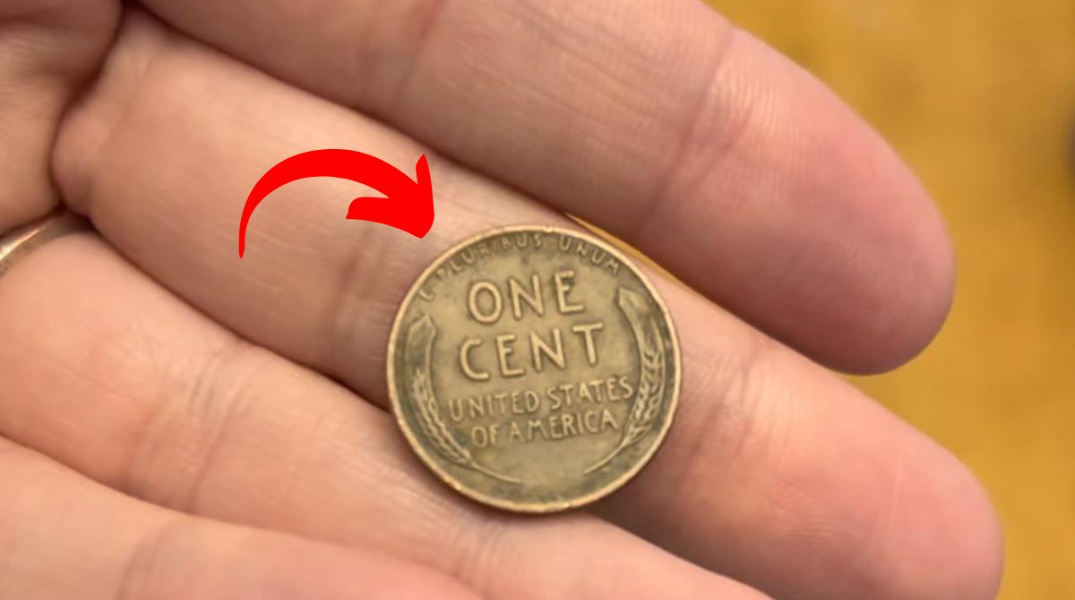
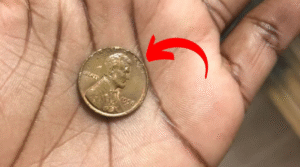
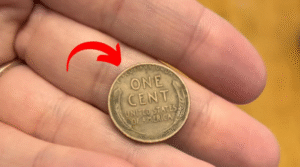
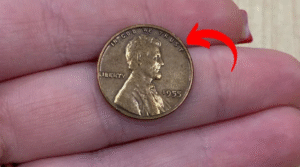
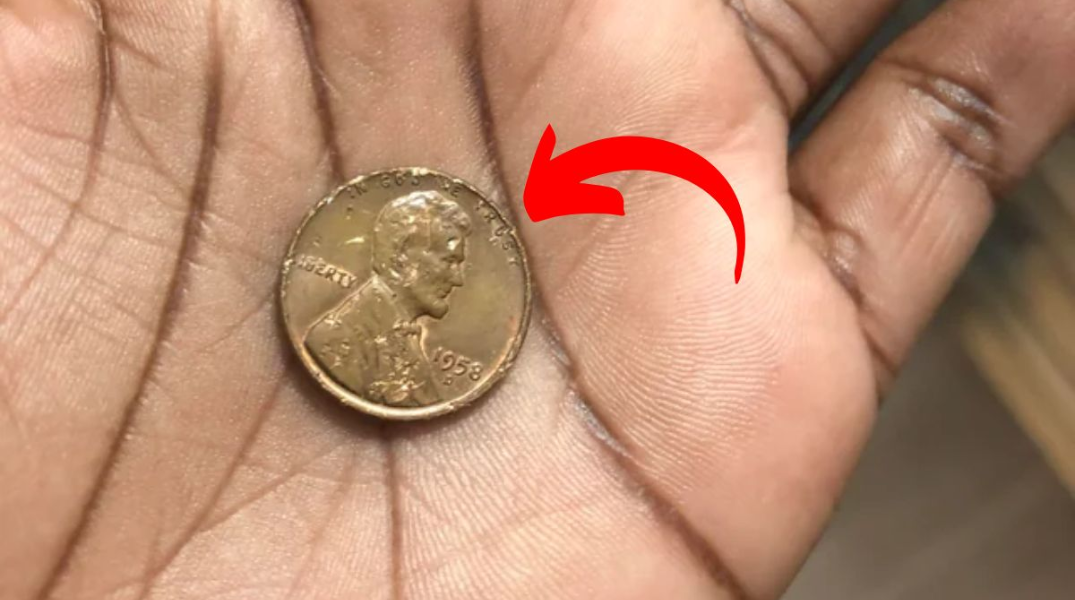
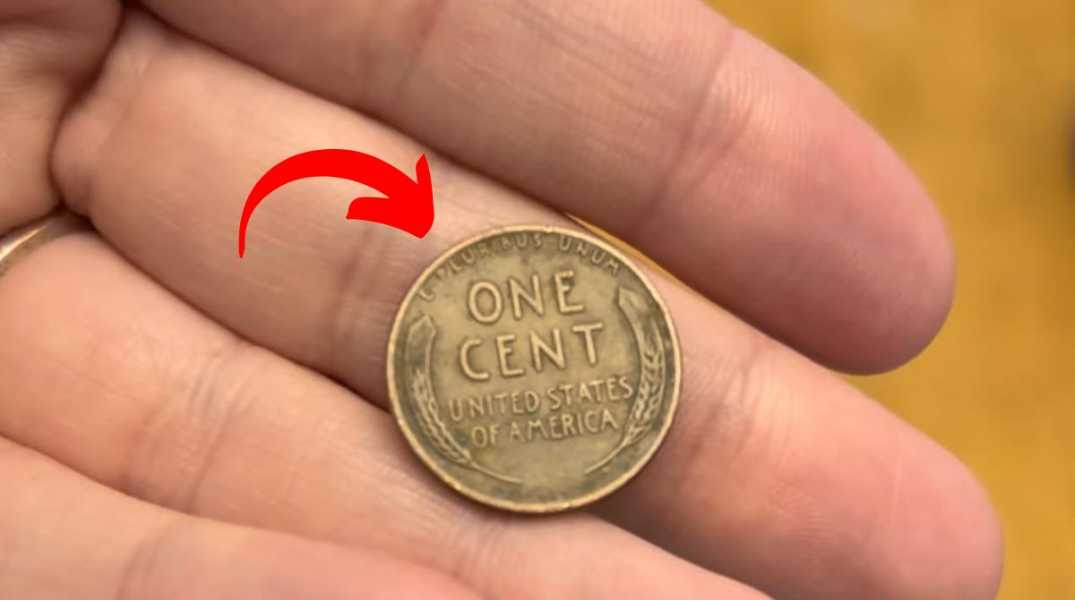
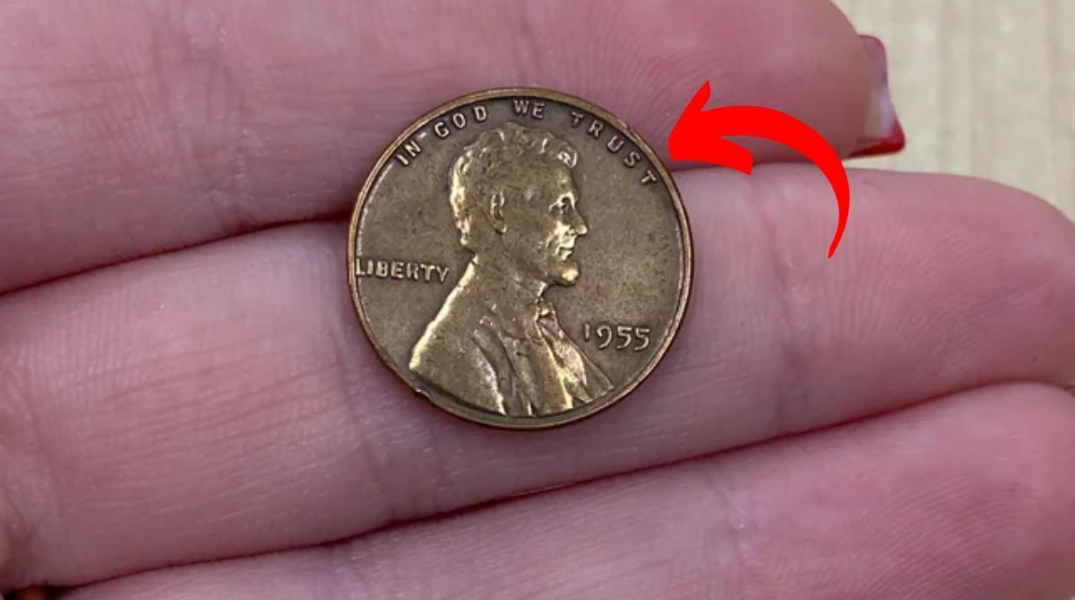
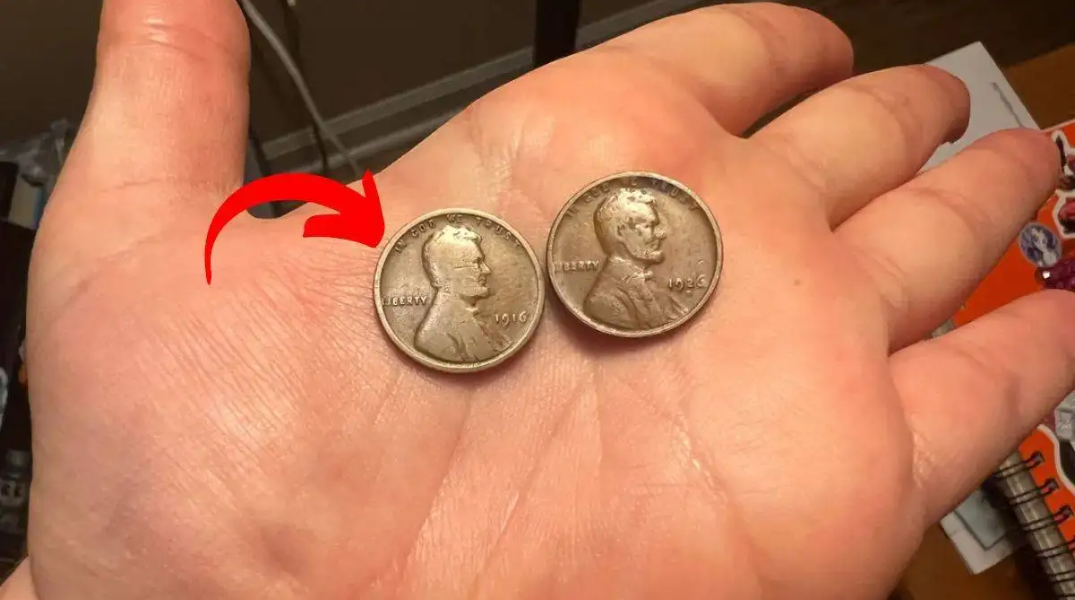
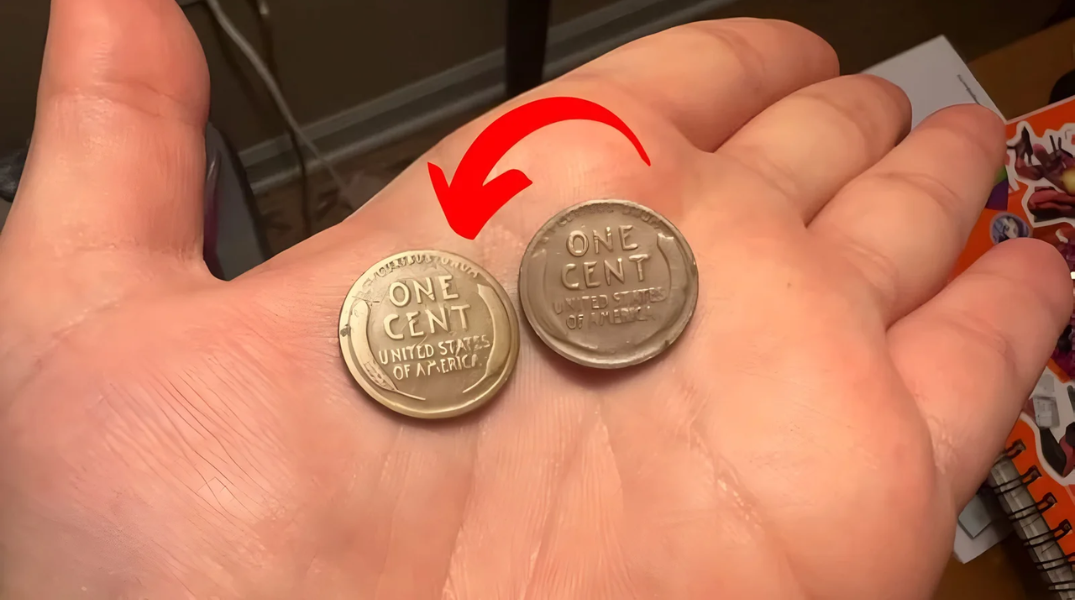
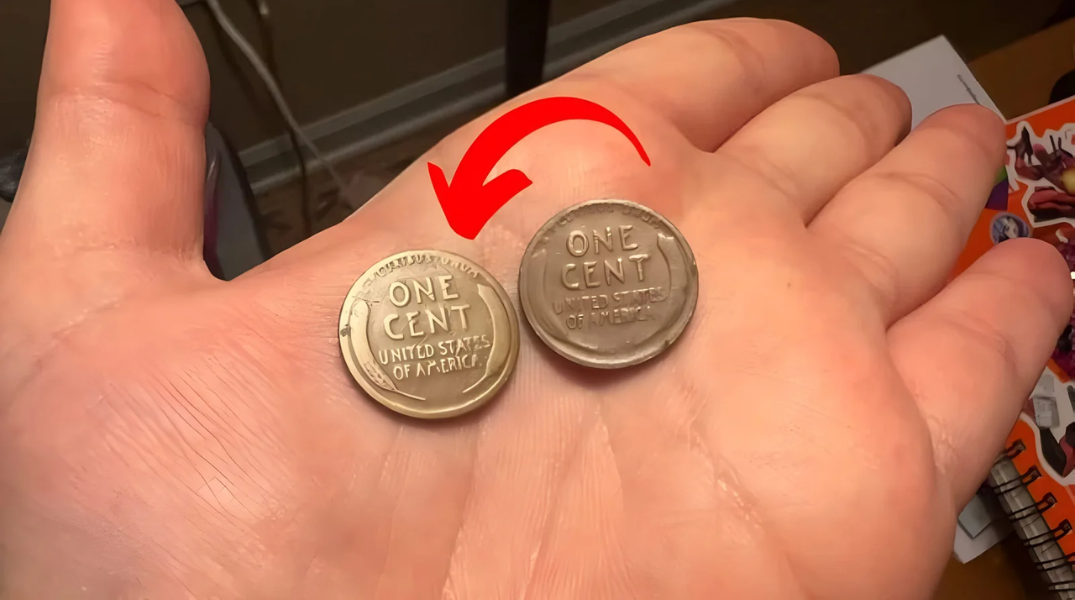



I have a 1951 wheat penny that I would like to sell